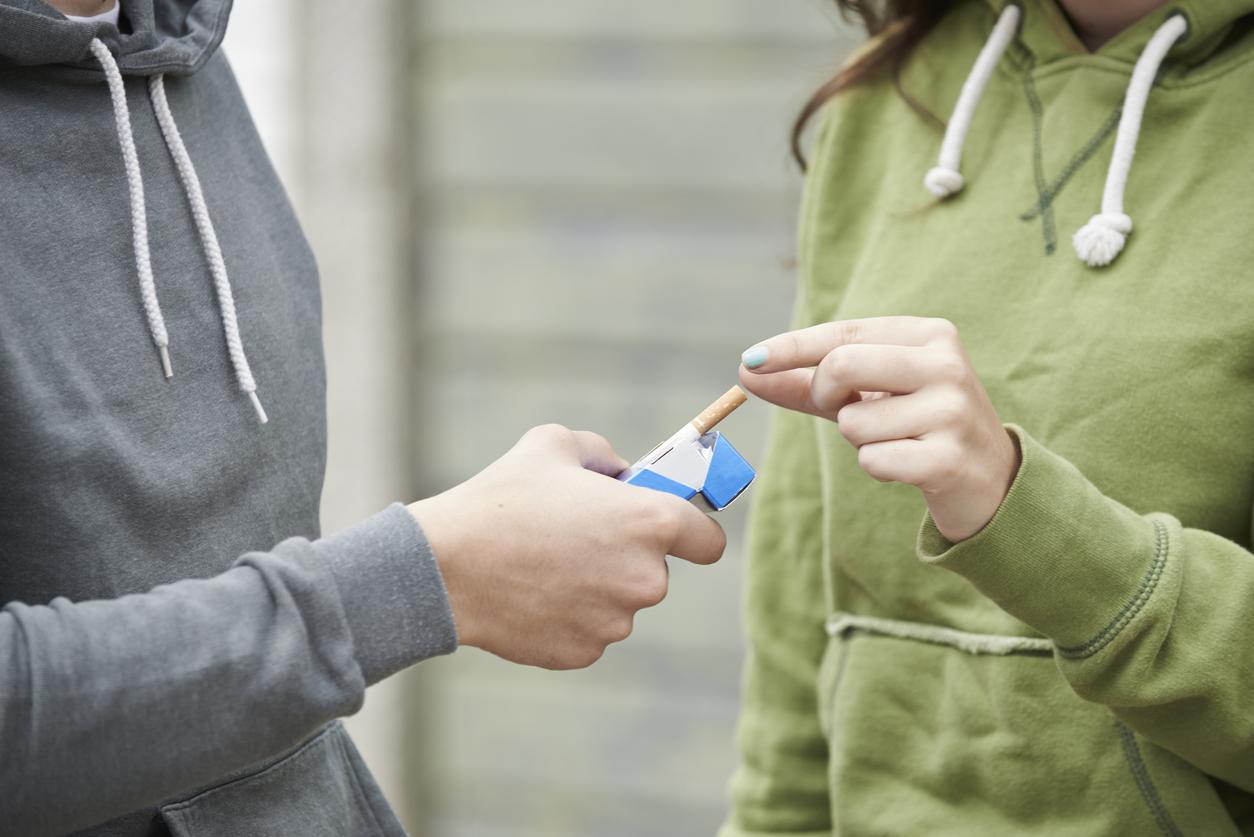Nicotine substitutes: relieve withdrawal symptoms
Chewing gums, sucking tablets, inhalers, patches … all these nicotine substitutes are intended to relieve withdrawal symptoms when you want to quit smoking. They make it possible to continue to benefit from a daily supply of nicotine while avoiding the toxicity of cigarettes. Nicotine replacement therapy (TNS) is however not trivial because it can cause certain undesirable effects: headache, nausea, hiccups, dyspepsia, taste alteration, salivary hypersecretion, burning lips or dry mouth.
What dosage to start?
To know at what dosage to start treatment, some doctors use the following equivalence: 1 cigarette = 1 mg of nicotine. So if you smoke an average of 20 cigarettes per day, you will be given a 21 mg / day patch to start. But if you still smoke 7 cigarettes a day with this patch, then the doctor will add a 7 mg patch and so on. But this equivalence is given as an indication and the doctor also assesses your level of dependence before prescribing a dosage.
Nicotine substitutes: the patches
The administration of nicotine by patches (or transdermal patches) has the advantage of obtaining a relatively constant nicotinemia (that is to say a concentration of nicotine in the blood) because the rate of absorption of the product is weak. This is not its only advantage. As it is easy to use, the patch allows for better treatment compliance.
There are patches that can be worn for 24 hours that deliver a dose of 7, 14 or 21 mg of nicotine per day and patches that can be worn for 16 hours that deliver a dose of 10, 15 or 25 mg of nicotine.
Side effects : skin intolerance can sometimes appear. To decrease the reaction of the skin, it is necessary to change the place where the patch is applied regularly. And don’t hesitate to change brands.
Nicotine substitutes: inhalers
It is a medical device: a cartridge contains 10 mg of nicotine and its duration of use can vary from 20 minutes (in a single intensive and continuous use) to four times 20 minutes if its use is not very intensive and discontinuous. The inhaler is used during the smoking-free intervals to make them last as long as possible and thus reduce cigarette consumption as much as possible.
Side effects : its use is well tolerated but it is possible to observe an irritation of the mouth, a cough or a rhinitis. The recommended duration of treatment is 12 months maximum.
Nicotine substitutes: gums and lozenges
The chewing gums come in two strengths: 2 and 4 mg but the dose of nicotine released is approximately 1 mg for the 2 mg gums and less than 2 mg for the 4 mg gums. The tablets and lozenges are available in several strengths ranging from 1 to 4 mg and they release the same amount of nicotine.
For both gums and lozenges, nicotine is absorbed by the oral mucosa: the effectiveness is therefore optimal during chewing and not during swallowing.
Side effects : At the start of treatment, you may experience irritation of the mouth, heartburn and increased salivation. As a result of swallowing saliva containing nicotine, sensitive people may have mild digestive problems or attacks of hiccups. As for smokers who do not inhale tobacco smoke, they may experience nausea.
Nicotine substitutes: mouth sprays
Oral sprays have the advantage of allowing faster absorption of nicotine: each spray delivers 1 mg of nicotine. One spray delivers 150 doses but it is advisable not to exceed a maximum of 4 sprays per hour and 64 sprays per 24 hour period. Its advantage is that it removes the urge to smoke quite quickly (after about 60 seconds).
Adverse effects: in general, it is not recommended to use a mouth spray for more than 6 months.


















